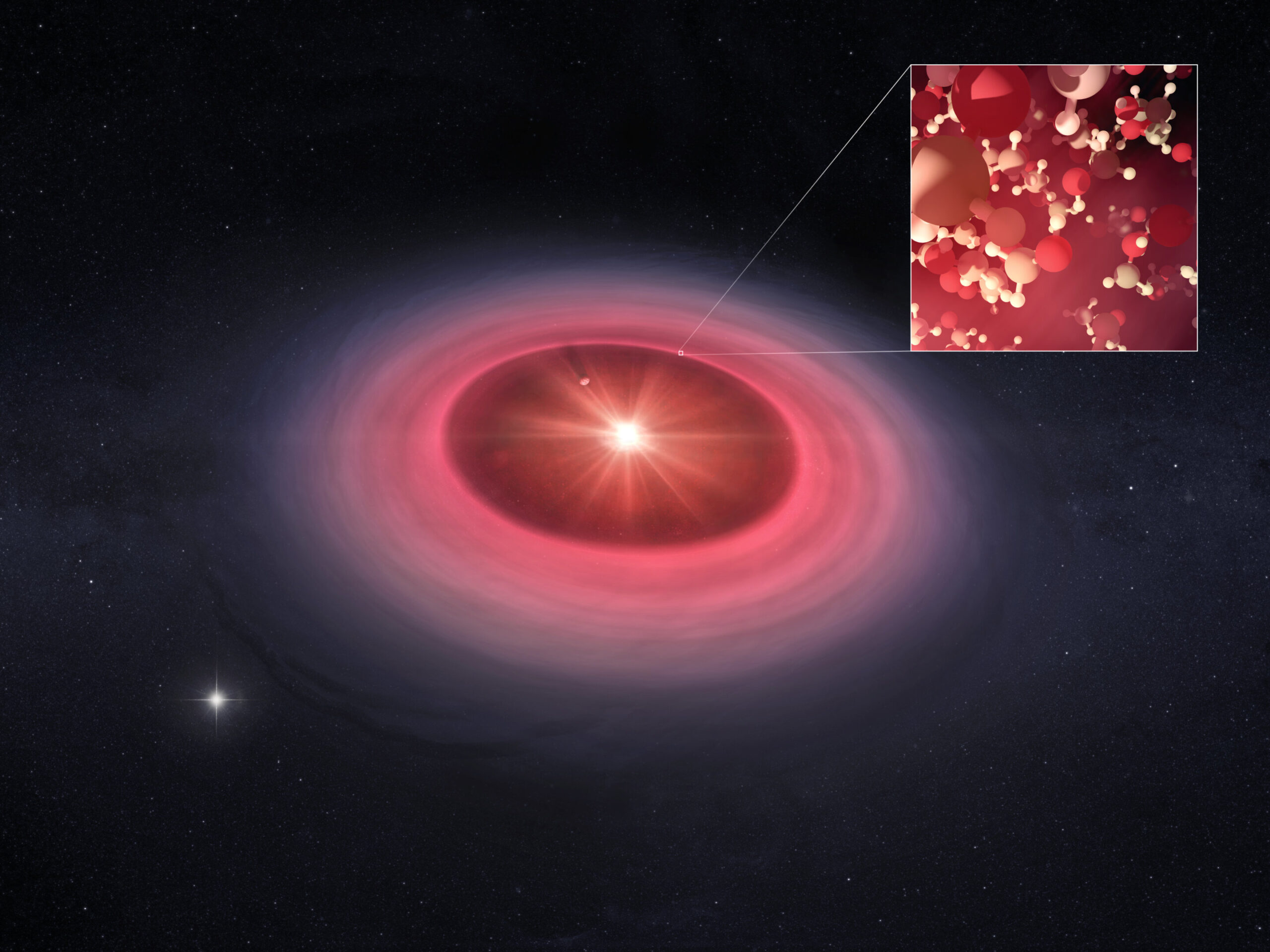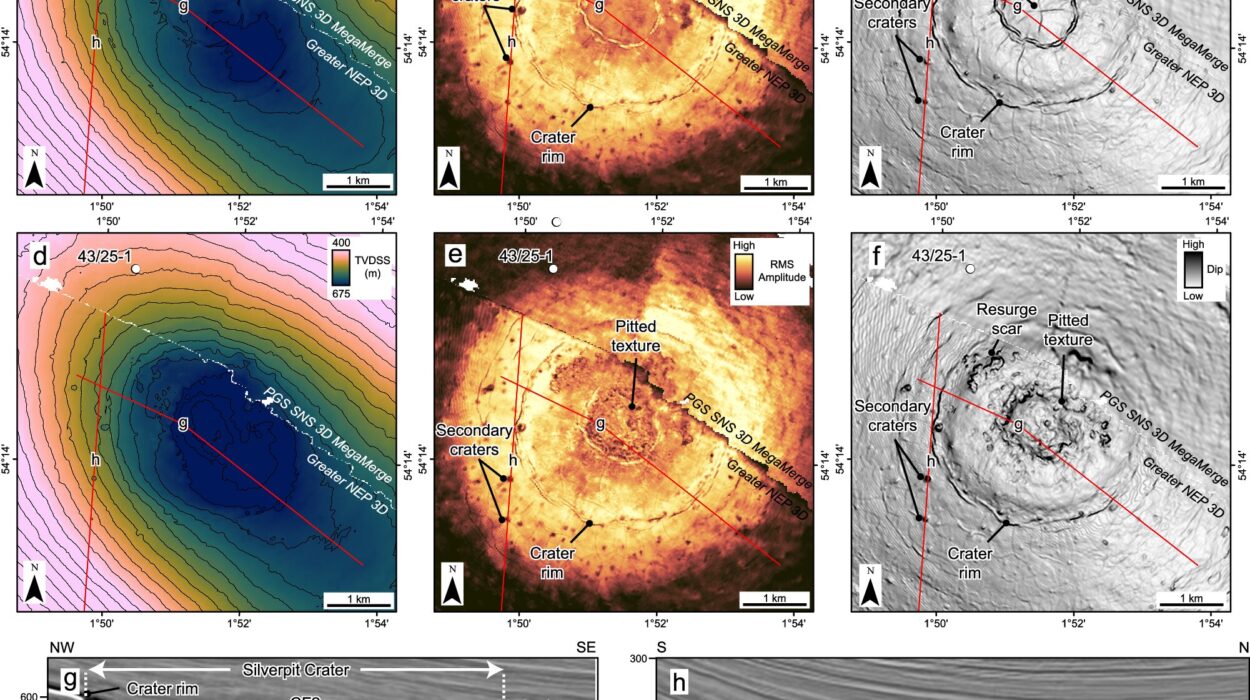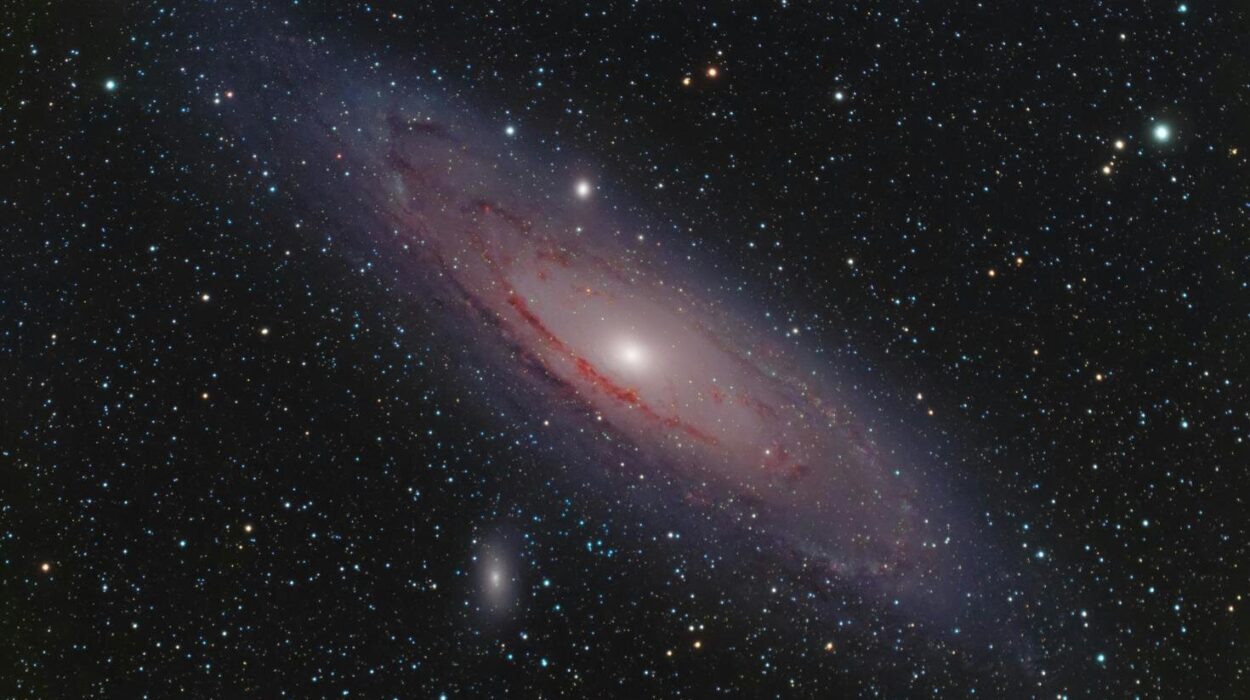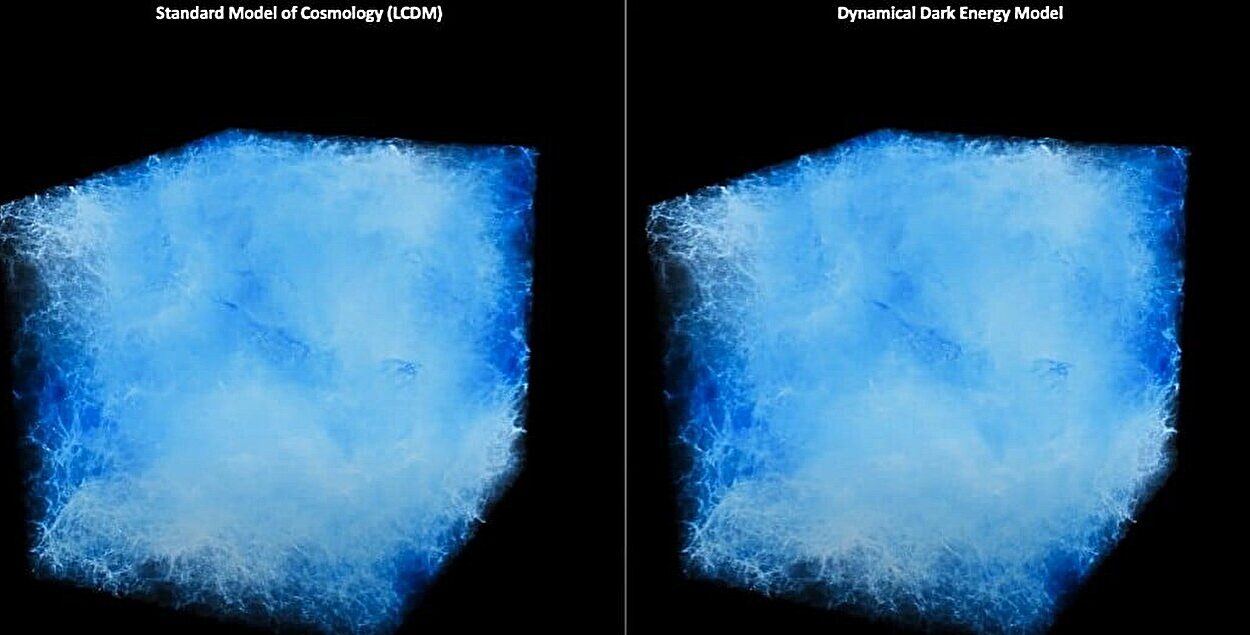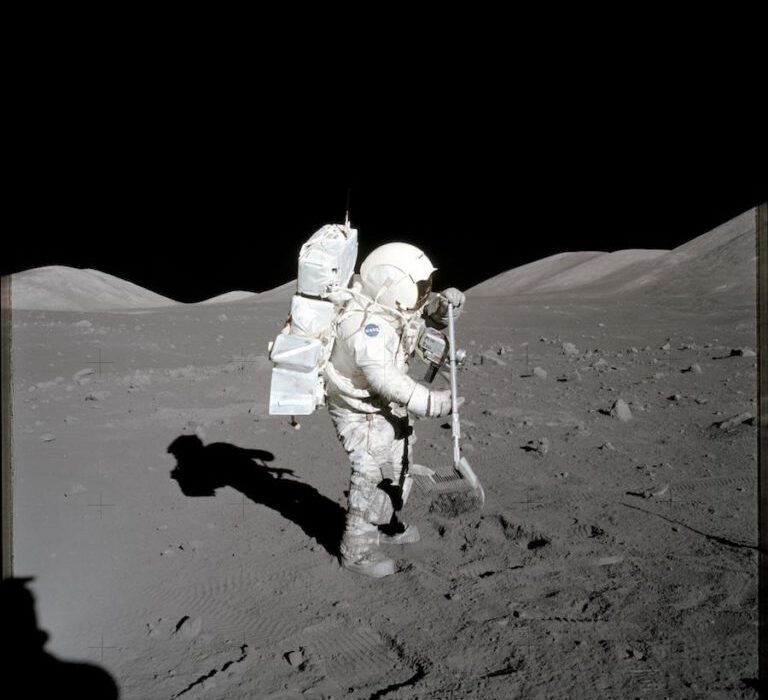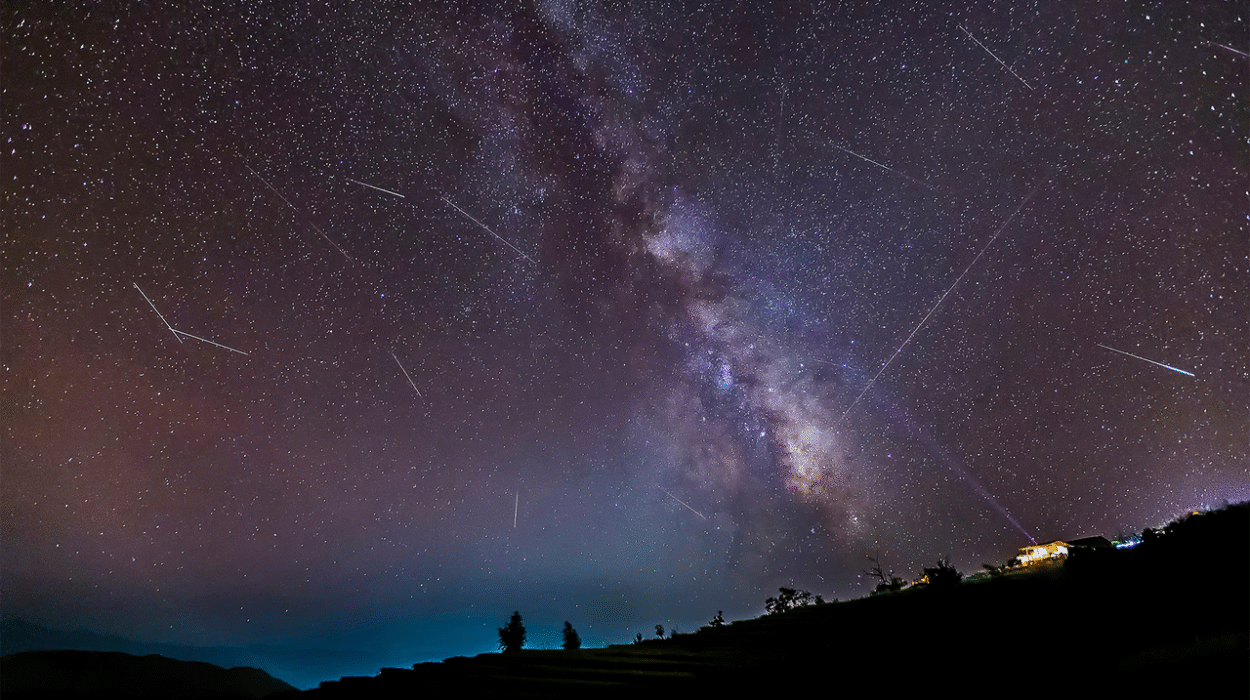In the cold void between stars, swaddled in thick veils of gas and ice, new worlds begin their long gestation. They form in massive disks of swirling material, churning with the chaotic birth pangs of stars and planets. For astronomers, these dusty halos are not just scenic—they’re primordial laboratories, echoing with clues about our own cosmic ancestry. And now, in one such nursery orbiting a star 330 light-years away, scientists have uncovered a molecule with a striking connection to life as we know it: a rare form of methanol, an alcohol that may have played a vital role in Earth’s earliest biological chemistry.
But this isn’t just another molecule found in space. This is a detection of methanol isotopes—molecular doppelgängers that differ subtly in their atomic composition but offer a profound window into the chemical history of the universe. These variants are not just rare; they are elusive, requiring extreme sensitivity to detect, and they hold the keys to understanding how life’s essential ingredients were assembled, packaged, and delivered to young planets like Earth.
Led by Alice Booth from the Center for Astrophysics | Harvard & Smithsonian (CfA), the team behind this discovery used the powerful Atacama Large Millimeter/submillimeter Array (ALMA) to peer into the planet-forming disk around HD 100453, a star slightly more massive than our sun. What they found wasn’t just another data point—it was a potential breadcrumb on the trail to understanding how life begins.
The Silent Witnesses of Creation
To understand the significance of this discovery, one must first appreciate the role of molecules like methanol in the great story of planetary genesis. Methanol, the simplest alcohol, is a molecule composed of carbon, hydrogen, and oxygen. It’s a stepping stone in astrochemical evolution, helping assemble more complex organic molecules such as sugars and amino acids—the fundamental bricks of biology.
In interstellar clouds and young stellar disks, methanol forms on icy dust grains when carbon monoxide (CO) and hydrogen atoms combine in the freezing dark. These ices are then baked, shattered, or slingshotted into gas by radiation, turbulence, or heat, releasing their molecular contents into the environment where planets and comets coalesce.
The detection of methanol isotopologues—methanol molecules that have one or more atoms with extra neutrons—represents a crucial leap forward. Isotopes act as time-stamped witnesses. Their relative abundances can tell us not just what molecules are present, but how and where they formed, and under what conditions. It’s like finding a bottle of ancient wine and not only identifying the grape, but also the climate, soil, and harvest year.
In the case of HD 100453, the methanol isotopes offer unprecedented insight into the chemical richness of a forming planetary system. The presence of these isotopes suggests that the disk isn’t just a sterile zone of rock and gas—but a vibrant, complex environment, brimming with potential precursors to life.
A Star with a Vintage Disk
HD 100453 is a relatively young star, about 10 million years old, located in the southern constellation of Centaurus. It’s about 1.6 times the mass of our sun and burns slightly hotter, making it a prime candidate for studies of early planet formation. Crucially, its massive and warm circumstellar disk provides the perfect natural laboratory for ALMA’s array of ultra-sensitive radio telescopes.
Why does the warmth of this disk matter? In many planet-forming systems, especially those around sun-like stars, methanol remains locked in ice on grains orbiting in the colder outer reaches of the disk. But in HD 100453’s warmer disk, methanol sublimates more readily into gas, making it visible to ALMA’s keen eyes. This advantage made the rare isotopes detectable at distances equivalent to roughly 16 astronomical units (AU) from the star—about 1.5 billion miles, or roughly the distance of Uranus from the Sun in our solar system.
What the researchers found was stunning: a clear detection of 13C-labeled methanol, a less abundant version of the molecule where one of the carbon atoms has an extra neutron. This isotope is about 10 to 100 times less common than regular methanol, but its presence reveals a deeper story. It implies that methanol was forming in the ice grains long before the disk was fully assembled, perhaps even in the parent molecular cloud from which the star itself emerged.
Why Methanol Matters
Methanol may not be life, but it’s a known gateway drug for biological chemistry. In the frigid voids of space, it acts as a chemical middleman, reacting to form aldehydes, ketones, and eventually sugars like glycolaldehyde—a basic building block of RNA. These same sugars and alcohols have been detected in meteorites and comets, suggesting they’re not exclusive to Earth but are common features of the galaxy’s chemical landscape.
If methanol and its isotopes can survive the violent birth of a star and endure the complex ballet of accreting planets, it follows that more advanced molecules might too. In that context, the detection in HD 100453’s disk is more than a curiosity—it’s a proof of resilience. It shows that complex organics can persist through the earliest, most chaotic stages of planetary construction.
Moreover, by comparing the isotopic ratios in HD 100453 to those found in comets in our solar system, researchers uncovered a striking similarity. The methanol-to-other-organic ratio in this alien system matches what has been observed in cometary samples retrieved by missions like Rosetta and Stardust. This parallel strongly supports the hypothesis that comets may have served as delivery vehicles for life’s ingredients on Earth—and possibly on exoplanets as well.
The Cosmic Connection to Comets
For decades, scientists have speculated that Earth’s early oceans and organic molecules may have been delivered by bombardments of icy comets and asteroids during the so-called Late Heavy Bombardment. These celestial couriers, originating in the outer solar system, likely carried a frozen cargo rich in methanol, ammonia, and even amino acids.
The latest findings from HD 100453 reinforce this model. If comets in that distant disk are forming with the same molecular recipes as those in our own backyard, then life-friendly chemistry may be a galactic norm, not a solar system exception. It’s an extraordinary implication: that the building blocks of biology are written into the very process of planetary formation, repeated wherever conditions are right.
According to co-author Milou Temmink from Leiden Observatory, this work “supports the idea that comets may have played a big role in delivering important organic material to Earth billions of years ago. They may be the reason why life, including us, was able to form here.” It’s a sobering thought—that our existence may hinge on a cosmic lottery of iceballs colliding with a rocky world.
A Window into Ancient Chemistry
The discovery of methanol isotopes in HD 100453 offers more than a glimpse at alien chemistry—it offers a mirror into our own deep past. Because isotopes trace the history of atoms, they can be used to reverse-engineer the life cycles of molecules. Did methanol form early, in cold, interstellar clouds before the star ignited? Or did it arise later, from reactions on icy grains as the disk warmed and planets began to coalesce?
The data suggest that much of the methanol formed before the star itself, in a cold, quiescent phase of cloud collapse. These ancient molecules were then inherited by the disk—a kind of chemical inheritance from a pre-solar ancestor. That’s not just an abstract concept—it’s a vivid illustration of continuity, showing that the chemistry that birthed Earth may have been brewing long before our sun lit up the sky.
A Future Filled with Molecules
What’s perhaps most exciting is that methanol isotopes are just the beginning. Their detection implies that other complex organics—like amino acids and sugars—might be hiding just below the detection threshold. Indeed, some have already been found in disks around other stars. Molecules like glycine, the simplest amino acid, and formamide, a potential precursor to nucleotides, have turned up in the interstellar medium. If future telescopes like the James Webb Space Telescope or next-generation radio arrays can spot them in planet-forming disks, we may be closer than ever to unraveling the chemical recipe for life.
This prospect turns every star with a dusty disk into a potential origin story. Each icy ring is a cauldron where molecules mix, react, and eventually lock themselves into planets, moons, and comets. In time, some of those worlds may cool, collect oceans, and perhaps—just perhaps—begin their own biology.
Beyond Curiosity: Why This Matters
The detection of methanol isotopes in HD 100453 is a triumph of technical prowess and scientific patience. But it also speaks to something deeper—our longing to understand how life arises. This is not merely an astronomical question; it’s a human one. Are we alone? Is life a cosmic fluke or a frequent consequence of star formation?
By tracking molecules like methanol, we are tracing our own molecular origins, following the trail backward through comets, disks, and clouds, all the way to the birth of the elements. It’s a quest not just for knowledge, but for belonging—for context in a universe that often feels vast and indifferent.
And the more we look, the more life seems not miraculous, but natural. Not inevitable, but plausible. The ingredients are common. The recipes, ancient. The ovens—those warm planet-forming disks—are plentiful. As Booth and her team have shown, even subtle variations like isotopes can carry enormous meaning, bridging the chemical divide between here and there, then and now.
A Toast to the Cosmos
Lisa Wölfer, co-author from MIT, put it playfully: “Finding out methanol is definitely part of this stellar cocktail is really a cause for celebration. I’d say that the vintage of more than a million years, which is the age of HD 100453, is quite a good one.”
Indeed, it’s not just a poetic metaphor. This ancient cocktail is quite literally the brew from which life may ferment. If we are the outcome of a planetary fermentation process that began with methanol and ice, then every new molecule we find in space is a toast to the cosmos—a clink of chemistry in the dark, hinting at the universality of life’s potential.
In the end, this discovery is not merely about methanol. It’s about connection. Between atoms and stars. Between comets and oceans. Between distant disks and our fragile, blue Earth. Through instruments like ALMA and the minds of astronomers, we are slowly piecing together a cosmic biography—one in which Earth is not the exception, but a particularly elegant expression of a very old and widespread pattern.
So, raise a glass—of methanol, metaphorically—and gaze upward. The universe, it seems, has been preparing this cocktail for billions of years. And we are only beginning to taste its secrets.
Reference: Alice S. Booth et al, Ice Sublimation in the Dynamic HD 100453 Disk Reveals a Rich Reservoir of Inherited Complex Organics, The Astrophysical Journal Letters (2025). DOI: 10.3847/2041-8213/adc7b2
